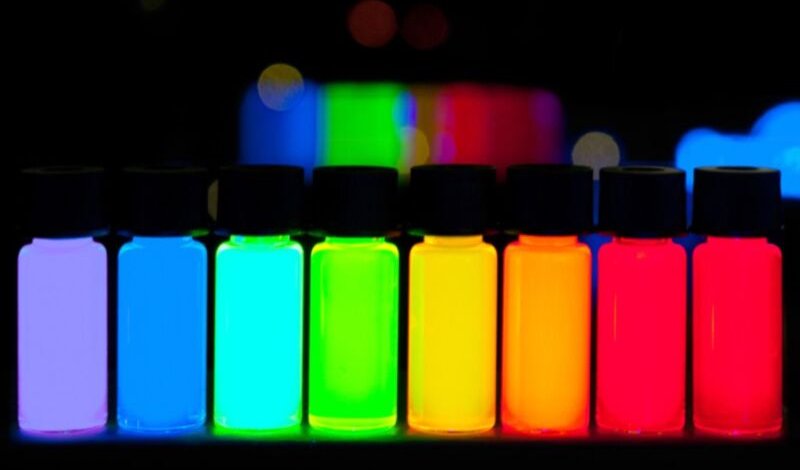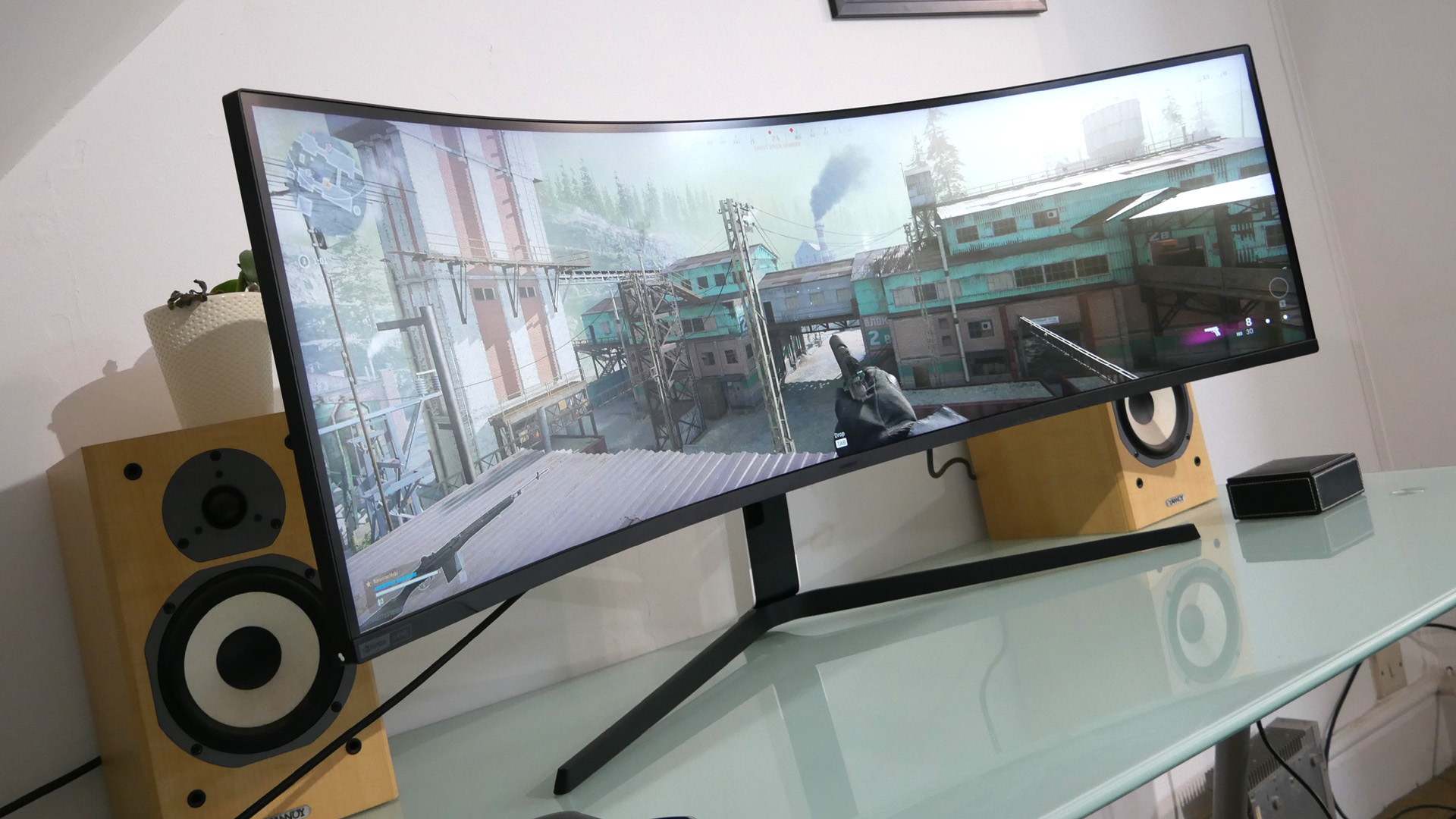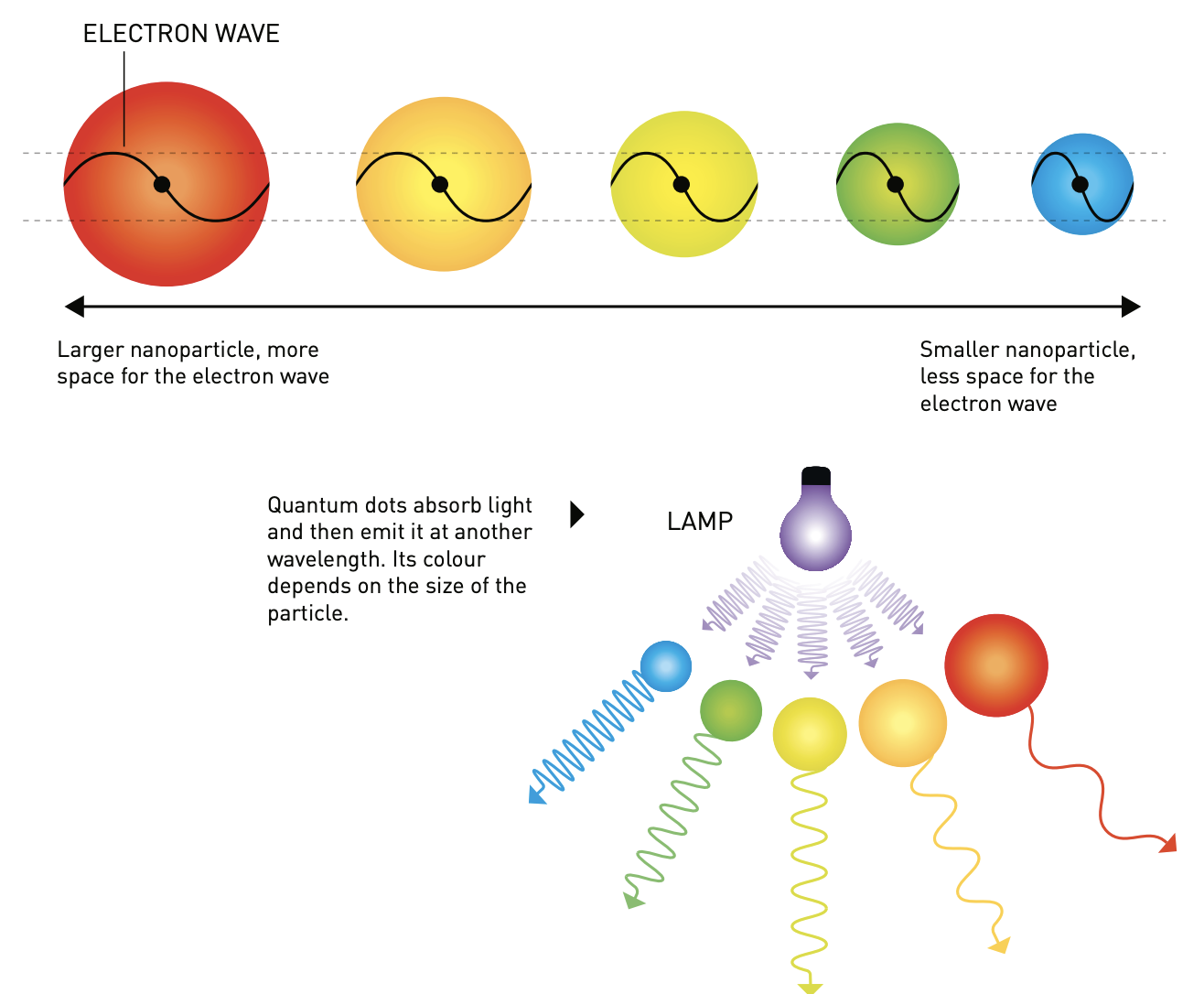Your new gaming monitor is so smart it just won a Nobel Prize
Quantum dot screen tech wins 2023 chemistry prize.

It's tempting to dismiss quantum dot screen technology as yet another checklist gimmick, something marketing stooges love but doesn't really add much to the actual viewing experience. Except it's just been awarded one of the highest accolades in all of science, a Nobel Prize.
More specifically, Moungi G. Bawendi, Louis E. Brus, and Alexei I. Ekimov have been jointly awarded the 2023 Nobel Prize in Chemistry "for the discovery and synthesis of quantum dots."
In the context of screen tech, quantum dots are associated with more vibrant and accurate colours. Arguably, that benefit isn't always obvious, such is the ubiquity of late when it comes to seeing quantum dot tech in screen spec lists.
Certainly, the mere inclusion of quantum dot tech doesn't guarantee that a screen is going to be something special.
But that doesn't mean the underlying technology isn't still utterly fascinating and rather brilliant. It also turns out that quantum dots are being used for much more than just making the colours pop a little bit more in your favourite game.
So, what are quantum dots? In simple terms, tiny crystalline beads of material measuring a few tens of atoms across. To put their sizes into context, the scale of a quantum dot relates to a football in roughly the same proportion as the football does to the entire planet earth. So, yeah, they're small.

They need to be that small because they rely on the fact that quantum effects kick in when materials are reduced to such small scales. Put simply, size matters on the quantum scale.
The biggest gaming news, reviews and hardware deals
Keep up to date with the most important stories and the best deals, as picked by the PC Gamer team.
It's all to do with the space available to electrons at that tiny scale and the wave-particle duality of electrons. The smaller the particle, the smaller the space available for the wave element of the electron's dual nature.
Got that? Well, long story short, if you make the beads small enough, they start doing really weird non-Newtonian things. Like absorbing light and then re-emitting at an entirely different wavelength.

It also turns out that the wavelengths quantum dots emit is a function of their size. Again, it's to do with the wave element of the electron's duality. Different quantum dot sizes allow for different electron wave sizes and in turn different light emission wavelengths.
Back in the real world, quantum dots can be used to effectively 'clean up' the quality of light from the LED backlights used by most current PC monitors and LCD TVs. And that makes for more accurate and vibrant colours once the enhanced light is pushed through the red, green, and blue subpixels of an LCD panel.

Best CPU for gaming: The top chips from Intel and AMD
Best gaming motherboard: The right boards
Best graphics card: Your perfect pixel-pusher awaits
Best SSD for gaming: Get into the game ahead of the rest
Between them, Bawendi, Brus, and Ekimov advanced the basic notion of quantum scale effects through better understanding and then onto actual practical applications through the ability to actually manufacture quantum dots.
Along with their use in digital displays, quantum dots are found in medical LED lamps used to illuminate and identify tumour tissue. In future, Researchers believe that they could contribute to flexible electronics, tiny sensors, thinner solar cells, and encrypted quantum communications.
So, yeah, the next time you see 'quantum dot' in a monitor spec list you'll know it's something clever enough to be worthy of a Nobel Prize, and not just another marketing gimmick.

Jeremy has been writing about technology and PCs since the 90nm Netburst era (Google it!) and enjoys nothing more than a serious dissertation on the finer points of monitor input lag and overshoot followed by a forensic examination of advanced lithography. Or maybe he just likes machines that go “ping!” He also has a thing for tennis and cars.

